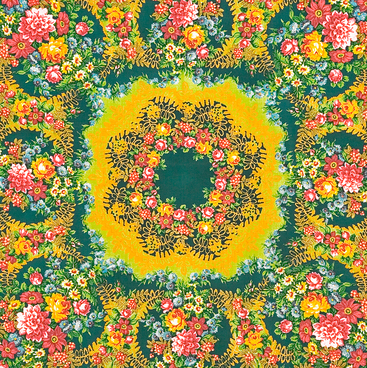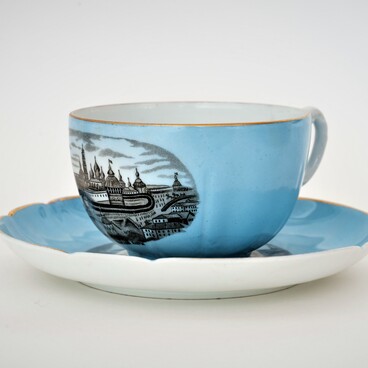The churinga which is displayed in the museum was discovered in 1990 during excavations at the Zamostye-2 site, located in the Sergiev-Posadsky District, in the bed of the Dubna River. This site is one of the largest monuments of the Stone Age on the territory of the East European Plain (also called the Russian Plain).
A churinga is a special stone or a small wooden block. Its name means “sacred” and “forbidden”. This item was considered the repository of the souls of one’s ancestors. Every man and every woman had their churinga, where their own souls, inherited from deceased relatives, were supposedly located. Given the importance of churingas, they were carefully guarded and hidden from enemies in caves.
Archaeologists have extensively studied the churingas of the aboriginal Australian tribes, where they were an important element of culture. Ornamental stones or wooden plates were considered by indigenous Australians to be both amulets and receptacles of the souls of male hunters. After the death of the owner, their churinga was destroyed in a ritual. It is possible that traces of such actions remained on the churingas from the Zamostye-2 site. The fact that their churingas were also destroyed in this way is evidenced by soot and grease stains, and discoveries of split amulets.
All churingas were made of soft stone or wood. On the exhibit displayed in the museum, one can see a scratched ornament on one side. It consists of inclined parallel lines which resemble a pine-tree pattern. On the other side, there is a drawing which also includes an image of a pine-tree pattern, two parallel lines and a drawing of two sharp corners starting from one spot and pointing in different directions. The area between them is shaded with parallel lines and an oblique grid. Three lines pass through the point of contact of the corners, which also end with a corner sign. This could be an image of a flying dragonfly with openwork wings.
The Zamostye-2 side has been examined by expeditions of the Institute of Archaeology of the Russian Academy of Sciences and the Sergiev Posad Museum-Reserve since 1989 to the present. A special category of finds, which distinguishes the site on the Dubna River among other monuments of the Stone Age, are the found objects of art. First of all, they include a large series of churinga-amulets — pebbles with ornaments.
A churinga is a special stone or a small wooden block. Its name means “sacred” and “forbidden”. This item was considered the repository of the souls of one’s ancestors. Every man and every woman had their churinga, where their own souls, inherited from deceased relatives, were supposedly located. Given the importance of churingas, they were carefully guarded and hidden from enemies in caves.
Archaeologists have extensively studied the churingas of the aboriginal Australian tribes, where they were an important element of culture. Ornamental stones or wooden plates were considered by indigenous Australians to be both amulets and receptacles of the souls of male hunters. After the death of the owner, their churinga was destroyed in a ritual. It is possible that traces of such actions remained on the churingas from the Zamostye-2 site. The fact that their churingas were also destroyed in this way is evidenced by soot and grease stains, and discoveries of split amulets.
All churingas were made of soft stone or wood. On the exhibit displayed in the museum, one can see a scratched ornament on one side. It consists of inclined parallel lines which resemble a pine-tree pattern. On the other side, there is a drawing which also includes an image of a pine-tree pattern, two parallel lines and a drawing of two sharp corners starting from one spot and pointing in different directions. The area between them is shaded with parallel lines and an oblique grid. Three lines pass through the point of contact of the corners, which also end with a corner sign. This could be an image of a flying dragonfly with openwork wings.
The Zamostye-2 side has been examined by expeditions of the Institute of Archaeology of the Russian Academy of Sciences and the Sergiev Posad Museum-Reserve since 1989 to the present. A special category of finds, which distinguishes the site on the Dubna River among other monuments of the Stone Age, are the found objects of art. First of all, they include a large series of churinga-amulets — pebbles with ornaments.



